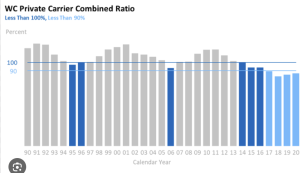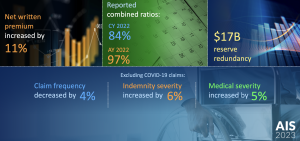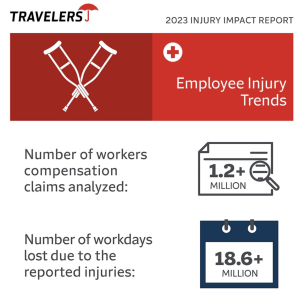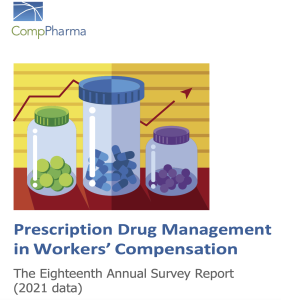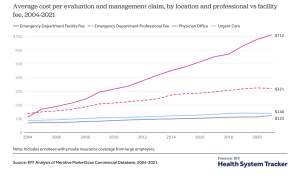One of my favorite people in workers’ comp is now heading up WCRI…I connected with Ramona Tanabe who was named President and CEO. making her the third leader of this august institution.
here’s our conversation…
- Talk about how you got into research?
I moved to Massachusetts from Illinois and was looking for something a little different. In Illinois, I was working for a law firm that represented cities and not-for-profit organizations. We were paid with tax dollars, so I was sort of tangentially a civil servant, and I wanted to be in line with that. WCRI gave me my first opportunity to look at data. I’ve always had a love of numbers and this was an opportunity to do research that is required in workers’ compensation and different from legal work. An early project was to build a database that is still in use today at WCRI. Through this experience I gained a new understanding of how to bring diverse systems together and sing as one voice. - What were some of the most rewarding research projects you led?
Two come to mind. The first is the creation of WCRI’s claims database, which underlies everything we do. The second is CompScope™, our multistate benchmarking product, which is used to monitor state workers’ compensation systems and track the impact of reforms. It was one of the first projects I worked on at WCRI. - How do you see WCRI evolving over the next few years?
There’s an opportunity for some of the benchmarking work to grow in response to recent changes. Since the pandemic, what other things need to be measured? The behavioral health report last year was our first example of this, and it examined how much behavioral health is supported through workers’ compensation and how should it be supported through workers’ compensation, social determinants of health, globalization, and how that all fits together. - What are some of the challenges doing research into topics related to workers’ comp (e.g., worker satisfaction, provider access, price comparisons)?
Worker outcomes are still on the agenda and a topic we want to revisit. In the past, we talked to injured workers via telephone interviews, but it’s hard to gather that information nowadays as people don’t answer their phones. Electronic surveys are really hard to do as well. We are being very creative and thoughtful about how we gather those data for use in outcomes studies.
Who are a couple of the individuals outside WCRI that have influenced/mentored you during your career?
It’s a diverse group that spans the industry: Art Wilcox, Maddy Bowling, Alan Pierce, Paul Matera, Shelley Boyce, Vinny Armentano. They have all helped shape the Institute. And I cannot forget my mom, Dorothy, who gives great practical advice. She never said I couldn’t do something. One of my favorite sayings of hers is, “See how high you can fly; if you aren’t scared to death it isn’t big enough.”
What do you see as your role at WCRI?
It’s about managing the context of the Institute, how it fits into the workers’ compensation world, bringing the inside and outside together within WCRI, and really putting that together so members are heard and colleagues have the tools they need to coordinate across all those areas so they can do the relevant work they are great at doing.
Final thoughts?
This is all about the injured worker. Coming to work, I sit on the train and look at all the people going to work, and they are all covered by workers’ compensation and don’t even know it.
What can the world learn from WC?
In workers’ compensation situations it is all about getting all parties to cooperate in getting things done—so many different things need to get done. Patience is important. People want instant things now, but there’s still an element of patience that is needed across the whole community.

